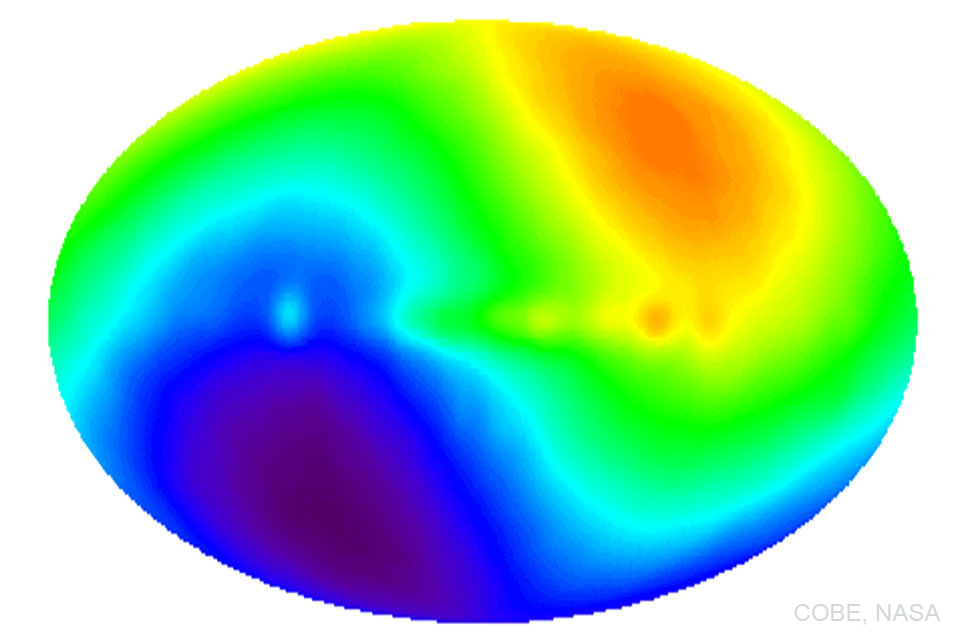
Cold as (Dry) Ice


NASA to Discuss Final Test Status Today Before Artemis Moon Mission
from NASA https://ift.tt/4aQxlhr
via IFTTT



NASA to Provide Update Today on Last Major Test Before Artemis Launch
from NASA https://ift.tt/lB1jNML
via IFTTT


NASA Deputy Administrator Pam Melroy and Associate Administrator Bob Cabana are among the agency’s speakers at the Space Foundation’s 37th Space Symposium from Wednesday, April 5 to Thursday, April 7 in Colorado Springs, Colo.
from NASA https://ift.tt/1Tm2pxO
via IFTTT
NASA astronaut Mark Vande Hei, back on Earth after breaking the record for the longest single spaceflight in history by an American, will participate in a virtual news conference at 10 a.m. EDT Tuesday, April 5, from the agency’s Johnson Space Center in Houston.
from NASA https://ift.tt/wk5PueI
via IFTTT